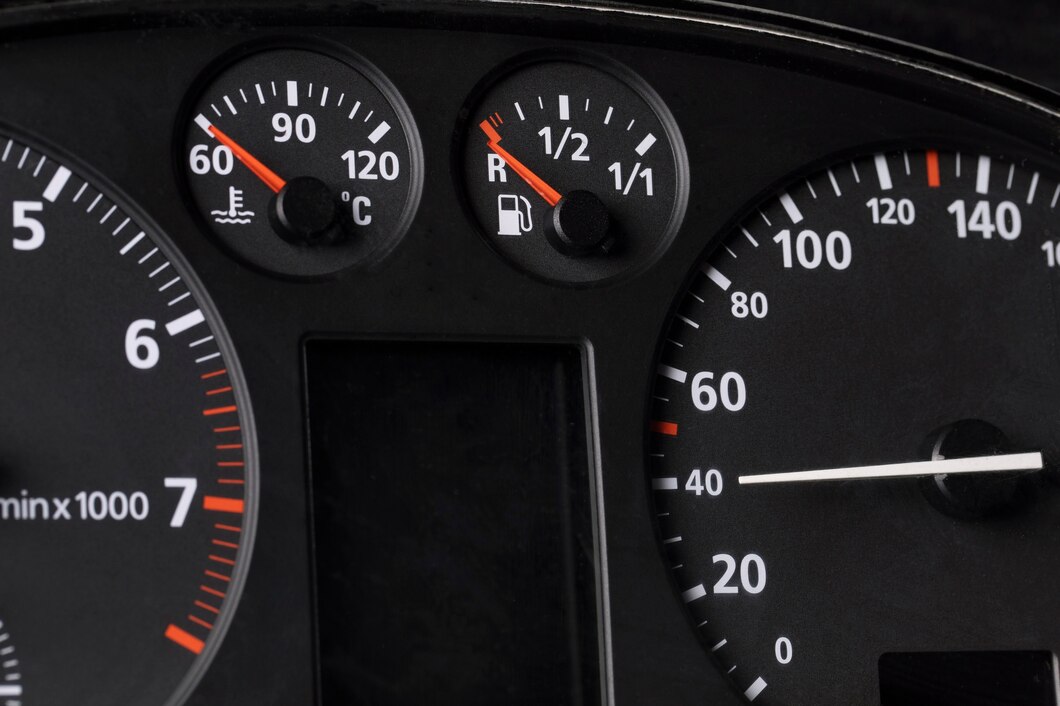Your car’s fuel gauge is a vital instrument for monitoring fuel levels and planning your trips accordingly. However, when this gauge starts to provide inaccurate readings, it can lead to inconvenience, unexpected breakdowns, or even running out of fuel unexpectedly. Here are some early signs that your car’s fuel gauge might be misleading you, and what steps you can take to address the issue:
1. Fluctuating Readings
One of the initial signs of a faulty fuel gauge is noticeable fluctuations in the displayed fuel level, especially when the car is stationary or driving on a flat road. You may observe the gauge indicating different levels of fuel without refueling, which can be confusing and unreliable.
2. Stuck or Erratic Needle Movement
If the fuel gauge needle gets stuck at a particular point or moves erratically up and down, it suggests a potential issue with the gauge mechanism or the sending unit that communicates fuel levels to the gauge. This can mislead you into thinking you have more or less fuel than you actually do.
3. Empty or Low Fuel Warning Light Inconsistencies
Modern cars often have low fuel warning lights that illuminate when fuel levels drop to a certain point. If you notice discrepancies between the fuel gauge reading and when the low fuel warning light comes on, it could indicate a problem with how the gauge interprets fuel levels.
4. Unexpected Stalling or Running Out of Fuel
Perhaps the most critical sign of a misleading fuel gauge is when your car unexpectedly runs out of fuel, even though the gauge indicated there was fuel remaining. This can leave you stranded and is a clear indication that the gauge needs attention.
5. Testing and Verification
To confirm whether your fuel gauge is indeed misleading, consider keeping track of your mileage and manually calculating fuel consumption over several refueling cycles. Compare these calculations with what the fuel gauge indicates to identify any discrepancies.
What to Do Next:
- Check Fuel Sending Unit: The fuel sending unit, located in the fuel tank, is responsible for sending accurate fuel level information to the gauge. A malfunctioning sending unit can cause erratic gauge readings. A mechanic can test and replace this component if necessary.
- Inspect Wiring and Connections: Faulty wiring or loose connections can also disrupt the accurate reading of the fuel gauge. Ensure all connections related to the fuel gauge and sending unit are secure and free from corrosion.
- Calibrate or Replace the Gauge: If diagnostics confirm the gauge itself is faulty, your mechanic may recommend recalibrating it or replacing the gauge entirely to restore accurate fuel level readings.
- Regular Maintenance: As with any car component, regular maintenance and periodic checks can help identify issues with the fuel gauge early on, preventing potential breakdowns and ensuring reliable operation.
In conclusion, a misleading fuel gauge can be a frustrating issue, impacting your ability to monitor fuel levels accurately. By being vigilant of early signs and taking proactive steps to diagnose and address the problem, you can maintain the reliability and efficiency of your car’s fuel system, ensuring smoother and more predictable journeys. Always consult a qualified mechanic for proper diagnosis and repairs to ensure your vehicle operates safely and efficiently.











